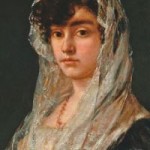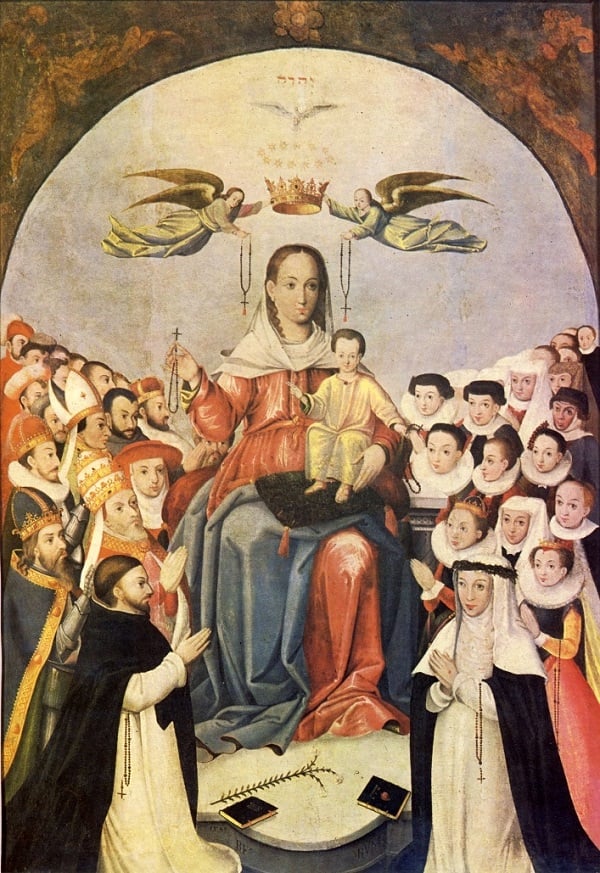“I was walking along the road with two friends.
The sun was setting.
I felt a breath of melancholy –
Suddenly the sky turned blood-red.
I stopped, and leaned against the railing, deathly tired –
looking out across the flaming clouds that hung like blood and a sword
over the blue-black fjord and town
My friends walked on – I stood there, trembling with fear.
And I sensed a great, infinite scream pass through nature.”–Edvard Munch, written in his journal in 1892
You’ve seen “The Scream” before. The 1892 painting, or one of its contemporary reinterpretations, shows up in art history texts but also on greeting cards, in social media, on t-shirts…. It’s a cultural phenomenon.
Edvard Munch, the Norwegian artist who depicted his own personal terror so effectively in “The Scream”, had a difficult childhood which contributed, no doubt, to his morose attitude toward life. Edvard lost his mother to tuberculosis when he was only four; and he and his siblings were raised by his father and an aunt. Edvard was given to frequent illnesses, so was kept at home and isolated through much of the winters.
Edvard described his eccentric father, Christian Munch:
“My father was temperamentally nervous and obsessively religious—to the point of psychoneurosis. From him I inherited the seeds of madness. The angels of fear, sorrow, and death stood by my side since the day I was born.”
The father was, by some reports, “morbidly pious,” frightening his children with warnings that their mother was looking down from heaven and grieving over their misbehavior. He loved the macabre in literature, and often entertained the Munch children with ghost stories and the frightening tales of Edgar Allan Poe.
Young Edvard, sickly and frightened by his father’s ghost stories, withdrew into himself—suffering nightmares and focusing on death. It was in this vulnerable emotional state that he created his most famous work, “The Scream.” He explained how vividly the painting depicted his own inner turmoil:
“For several years I was almost mad… You know my picture, ‘The Scream’? I was stretched to the limit—nature was screaming in my blood… After that I gave up hope ever of being able to love again.”
The same pulsating negativity was evident in his other paintings. He recreated “Death in the Sickroom,” an oil painting of his sister’s death, again and again in different versions. Two later paintings, “Still Life (The Murderess)” and “The Death of Marat I” depict a shooting incident in which he was involved.

His twisted temperament is apparent, too, in his religious art. This painting titled “Golgotha”, for example, is devoid of love and devotion; there is no grieving mother at the foot of the Cross. Instead, one sees guilt and fear and depression among the crowd gathered on Calvary. Art critics believe that it is a self-portrait—that Munch has actually painted himself in the person of Christ on the Cross.










